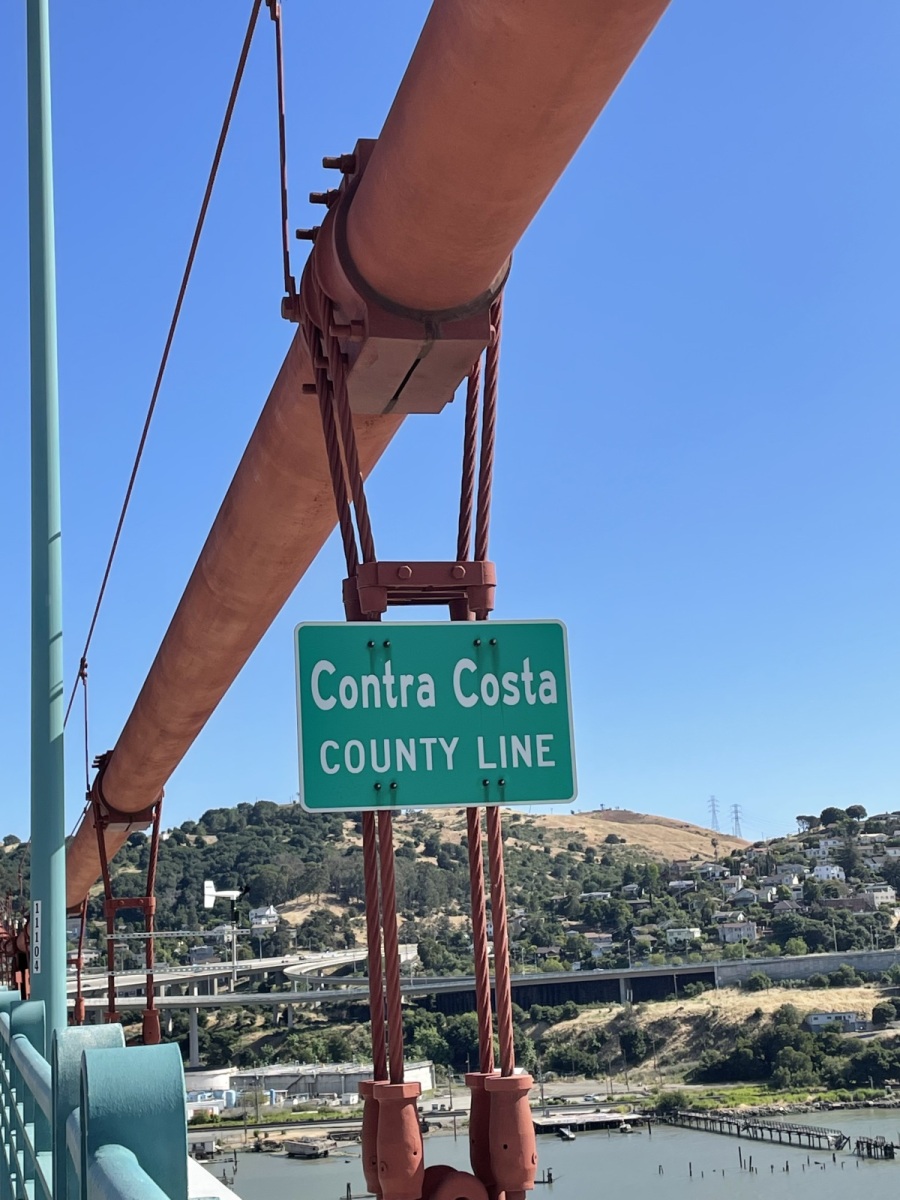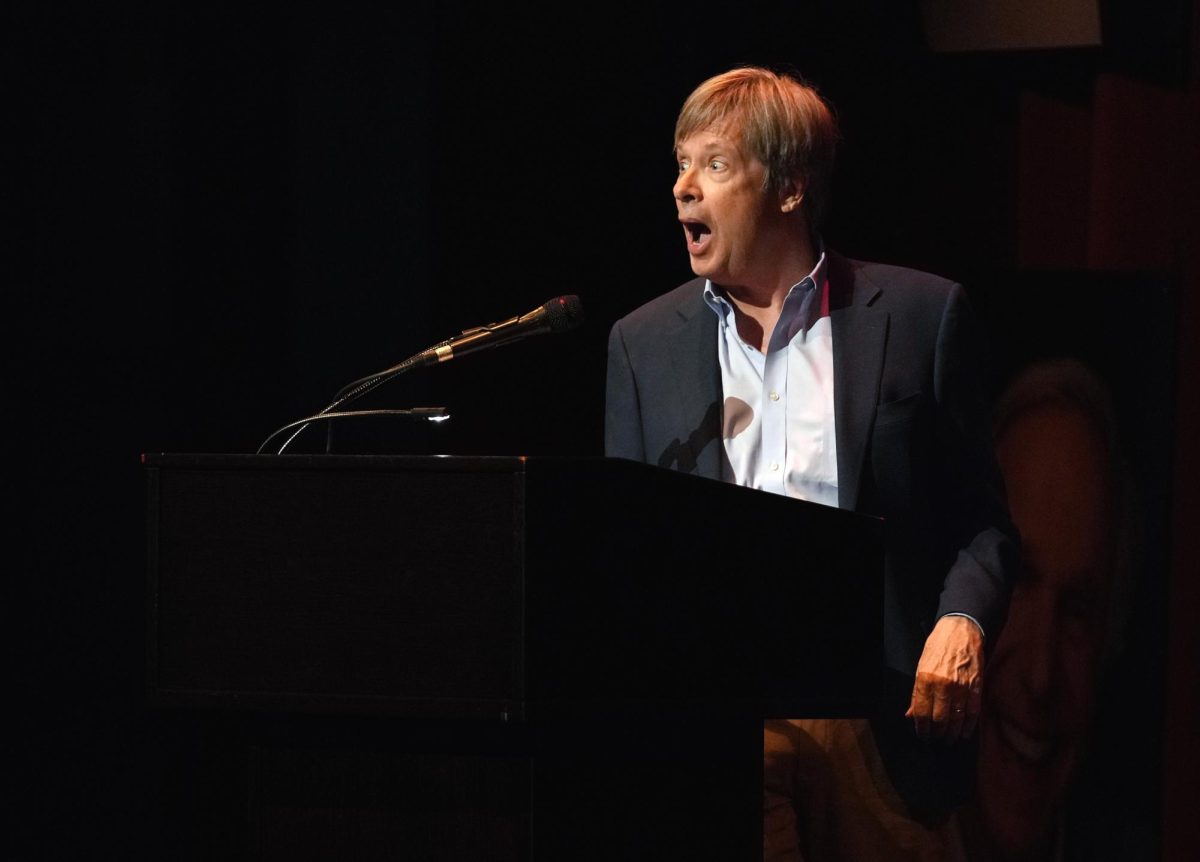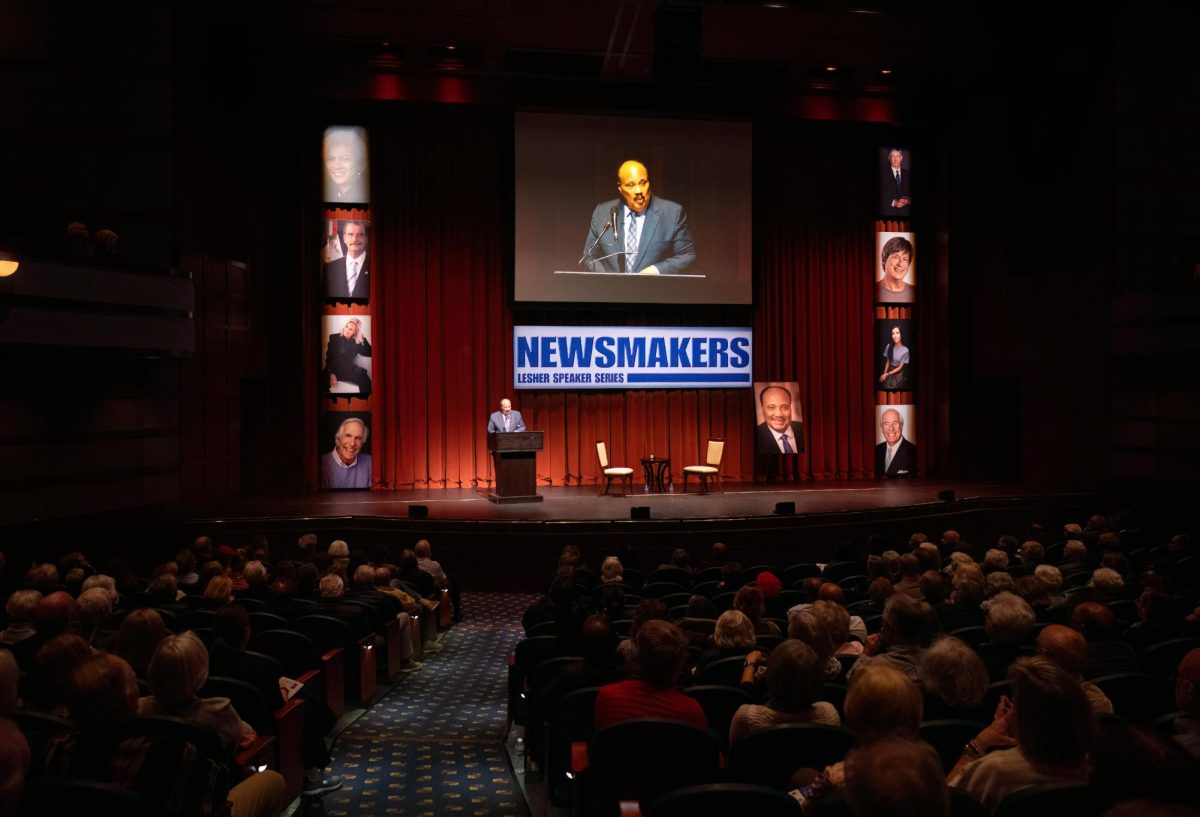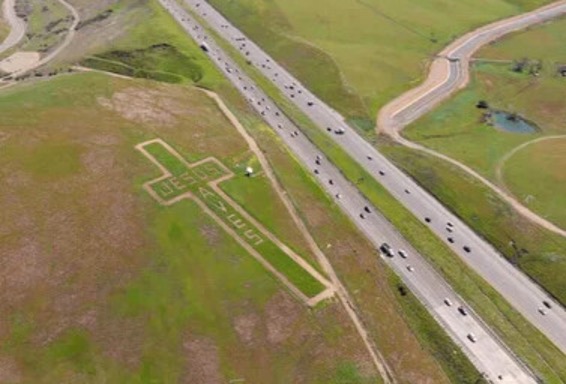Pollution from refineries, fossil fuel emission and sprawling industrial facilities cloud the skies of Contra Costa County – and it’s an ongoing problem that local officials are working to eliminate.
Envision 2040 – expected to be adopted this summer – addresses four themes to improve the future of the county: environmental justice, community health, economic development, and sustainability. The county’s plan focuses on improving the lives of those living in marginalized neighborhoods.
“What’s happening in this General Plan is that we are, for the first time, naming and acknowledging that certain groups of people in our county have been historically discriminated against, they’ve been subjected to institutional racism,” said Jody London, coordinator for the Contra Costa County Sustainability Commission. “If you look at some of the maps that show, for example, where the large industrial facilities are, and then you look at the communities that are identified as being disadvantaged under some of the tools that the state uses, you see a pretty direct linkage.”
General Plan first adopted in 1991
The county’s existing General Plan, adopted in 1991, includes all of the factors included in the Envision 2040 plan except for environmental justice. As the world around us evolves, municipal governments across the state are realizing that these historically disadvantaged communities are left with the burden of living next to industrial complexes that pollute the air around them.
“A General Plan is like a constitution about land use for the unincorporated areas of the county, those parts of the county that are not located within cities,” explained John Gioia, chair of the county Board of Supervisors and District 1 supervisor. “Each city has their own general plan to guide land use in their city boundaries, and ours deals with unincorporated areas, whether it’s North Richmond, Alamo, Bay Point, El Sobrante … so it covers those unincorporated areas that are not within city boundaries.”
A general plan also is used to improve the healthiness and well-being of the entire county. The Envision 2040 plan will focus on these unincorporated communities, particularly low-income communities of color.
“When it comes to things like redlining, discriminatory lending practices and the ways zoning has been used and applied to our communities, it’s really created a situation where certain groups have been favored over others,” said Will Nelson, principal planner for the county’s Department of Conservation and Development. “The combination of all these things has led to there being communities that are at a disadvantage relative to other communities.”
Redlining is the practice of denying people access to credit based on where they live, regardless if they personally qualify for a loan.
“Often, African Americans, for example, would not be allowed to purchase a property in a certain ‘better’ neighborhood, because there was discrimination against them,” Sustainability Commission Chair Luz Gomez said. “So all of these things conspired to create a situation where we have many communities that we call frontline communities, that ended up living right next to these industrial entities; like next to Chevron, next to a big power plant, next to a garbage dump, next to all these things and because of that, there’s a lot of what you would consider environmental injustice.”
The discriminatory practice of redlining – which often used race as a consideration for awarding loans – became illegal in the Fair Housing Act, as part of the Civil Rights Act of 1968. However, according to Investopedia, the law does not prohibit excluding neighborhoods or regions on the basis of geological factors, such as fault lines or flood zones.
This new adoption is due to the new California Senate Bill 1000, which requires all city and county general plans address environmental justice. Nelson explained that the state uses a curated tool to create a scoring system for each census tract in California that takes into account factors such as exposure to hazardous materials and water quality in correlation with socioeconomic status. The system is scaled from 1 to 100, a score of 100 being the most severely affected community.
“In Contra Costa County, we have census tracts that are in the ’90s that are almost at 100,” Nelson said. “So, [environmental injustice] is definitely an issue that is unincorporated in [our county].”
Gioia said that the main focus of the environmental justice piece of Envision 2040 was within communities in the county that were most affected by environmental harm through history.
‘Reduce environmental harm in communities’
“The idea is, how do we reduce environmental harm in communities that have historically been impacted?” Gioia said. “And so we include policies that guide future land use decisions.”
Gioia said that one such community is in North Richmond, near a large complex of refineries and air pollution, specifically from a FedEx fulfillment center. To solve this problem, the whole fleet of FedEx trucks throughout the city is to be converted into non-polluting, zero-emission vehicles within the next five years as a part of the Envision plan.
Gomez added that the community in North Richmond is one of the most historically impacted communities in the county where environmental discrimination against those residing near water treatment plants and refineries is seen.
“For example, the community was like, we are tired of so many liquor stores in our neighborhood because that causes problems,” Gomez said. “So, they got together, and they went to a board of supervisors, and they passed an ordinance that limits the number of new liquor stores in those certain neighborhoods.”
Nelson added that additional aspects of the plan include reducing pollution and environmental harm by increasing public investment in these marginalized communities, building new community parks and grocery stores, increasing access to fresh and nutritious food in “food deserts” and promoting the voices of these people who are a part of these communities.
“A lot of the problem, going back all these decades, is that people living in these kinds of new communities have also not really had much of a voice in the decision making,” Nelson said. “And that can be through things like translating documents into additional languages, holding our public meetings at different times that might be more accessible to people in whichever one of the communities we’re talking about, encouraging people in those communities to apply to be on county boards and commissions … all sorts of things like that, which hopefully will allow people to be more engaged in the process and have more influence over what’s going on in their communities.”
London said that additional components of the plan include having cleaner and more efficient buildings, encouraging energy-efficient transportation through increasing the number of bike lanes, partnering with transit agencies to ensure safe transit, developing an urban forest plan focusing on marginalized communities and more, included in the county’s draft General Plan.
“Environmental justice is about really providing a voice and equity for those communities that have been impacted by environmental harm,” Gioia said. “And that every community deserves clean air, clean water, clean soil and access to parks.”
*Additional resources:
Keerthi Eraniyan is a 9th grader at California High School in San Ramon.








